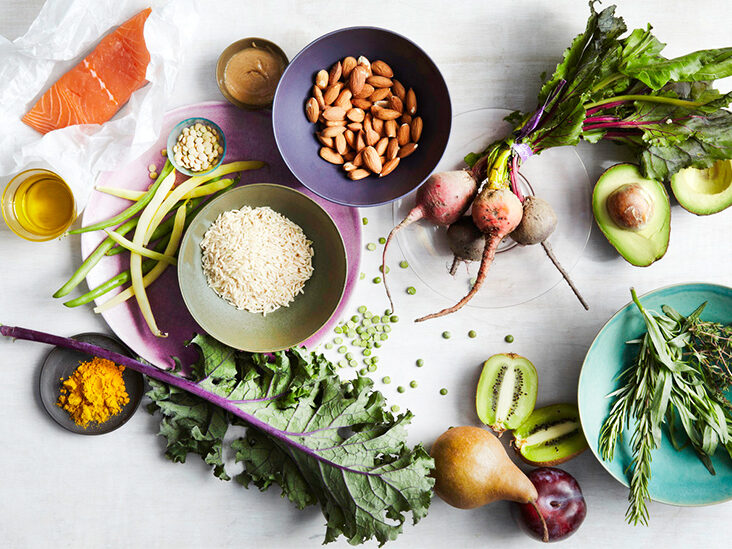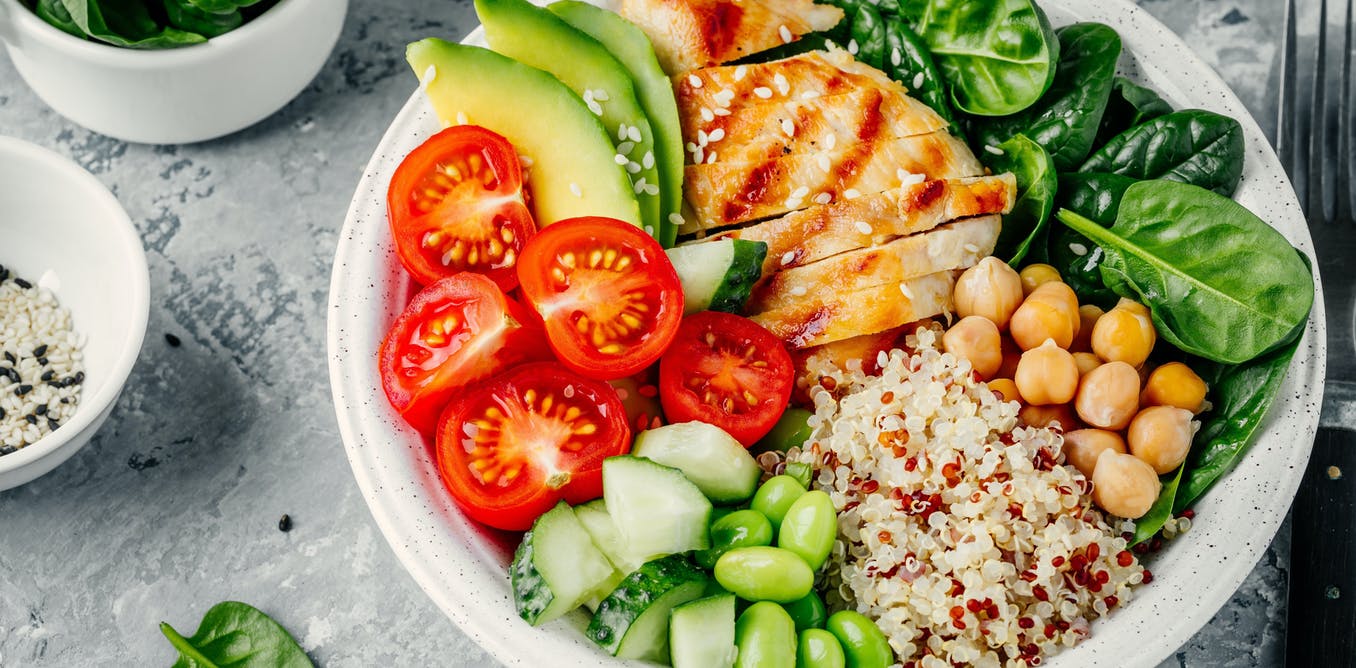
The USDA Farmers to Families Food Box Program has been established and implemented in an emergency relief measure to respond to rapid seasonal market disruption brought about by a recent global pandemic. The marketplace is very different today than when this initiative was launched in the middle of last year. Although the current recession is a very long-lasting experience in most parts of the world, it has been particularly harsh on the agricultural industry, with the widespread use of agricultural inputs resulting in higher food prices, a lack of usable inventory, and even the need for increased crop protection measures. The USDA Food Box Program offers relief from these pressures through the provision of emergency food assistance. This assistance can be accessed quickly and specifically tailored to meet the specific needs of local communities.
In the days following the signing: of the WFS contract between the US and the USDA, many USDA field representatives met with representatives from local food banks to discuss how the program could be made more beneficial to farmers. They recognized that their current sources of emergency food had been depleted by disease, weather disasters, and yield disasters. The WFS contract was a step in the right direction toward addressing some of these problems. With the implementation of WFS, more USDA personnel are able to visit farms and ranches across the country, bringing these services to those communities in need.
For every one dollar spent in direct food assistance: up to five hundred dollars are allocated to help provide market assistance, which can be in the form of cash, vouchers, or non-food items such as hygiene products and household cleaning supplies. The USDA delivers these supplies using trucks with labels already attached, eliminating the need for individuals to load boxes onto their own vehicles or hire additional people to do so. By delivering the WFS directly to the households that need them, the USDA ensures that the supply of food will be where it is most needed when it is most needed. Through this arrangement, the WFS reduces food insecurity in vulnerable communities and provides immediate relief to millions of families around the nation.
For this summer’s anticipated outbreak of swine flu: both the USFRS and CFRS were created to coordinate emergency preparedness activities between states and the nation as a whole. Both of these programs have long been known for their effectiveness at meeting emergency food demands in times of disaster. Participating in one program or the other has always been a prudent move for farmers and others in the food marketplace. In October, however, no CFRS or USFRS Farmers must engage in the warehousing or delivery of emergency commodities unless they also participate in the WFS. For the millions of families and individuals who purchase food in bulk to use immediately in their daily lives, this change has created an incredible opportunity for leveraging WFS contracts.
Currently, the USDA sells more: than twenty million WFS boxes annually but is still well short of the goal of selling forty million boxes by the end of the current contract. By partnering with national and local food banks, farmers can meet their production needs, yet remain fully compliant with their current contracts. Participating distributors will be responsible for procuring the boxes from farmers, loading them onto trucks and transporting them to the various food banks and distributors in the country.
With over thirty-five million acres: of farmland dedicated to producing healthy livestock, the US Dairybean Marketing Program is among the largest farm-to-food box program in the world. Many family farmers do not have access to markets for their products, but the CFRS ensures that they do. The USDA also works closely with state agricultural agencies to provide information and assistance for dairy producers in need of additional storage capacity and marketing assistance.
The CFRS is an excellent opportunity for farmers to leverage their current and future sales for a healthy profit.

 Espresso Powders For Baking In 2022
Espresso Powders For Baking In 2022  How Big Is A Quarter Sheet Cake
How Big Is A Quarter Sheet Cake  How To Make Mini Brownie Bites?
How To Make Mini Brownie Bites?  How To Make Easy Brioche Bread?
How To Make Easy Brioche Bread?  1 Minute Oreo Mug Cake
1 Minute Oreo Mug Cake  Healthier White Sugar Substitutes You Can Use For Your Cooking And Baking Recipes
Healthier White Sugar Substitutes You Can Use For Your Cooking And Baking Recipes  Cupcake Size Chart : How Does It Works
Cupcake Size Chart : How Does It Works  1 Minute Chocolate Chip Mug Cookie (No Egg!)
1 Minute Chocolate Chip Mug Cookie (No Egg!)  The Ultimate Chocolate Mud Cake
The Ultimate Chocolate Mud Cake  Basic Vanilla Cup Cake Recipe
Basic Vanilla Cup Cake Recipe  Applesauce Substitute List You Need To Start Baking
Applesauce Substitute List You Need To Start Baking  Ridiculously Funny Baking Captions For Instagram
Ridiculously Funny Baking Captions For Instagram  How Are Kitchen Surfaces That Touch Food Made Hygienic?
How Are Kitchen Surfaces That Touch Food Made Hygienic?  The Good, the Bad and the Downright Ugly of Gordan Ramsay’s Food Venture
The Good, the Bad and the Downright Ugly of Gordan Ramsay’s Food Venture  The Future of the Corn and Soybean Storing And Marketing Service (CFS) Are Positive
The Future of the Corn and Soybean Storing And Marketing Service (CFS) Are Positive  The Most Controversial Dog Food in the I And You Dog Food
The Most Controversial Dog Food in the I And You Dog Food  What is Modified Food Starchy?
What is Modified Food Starchy?  Food And Drink 2 Words – Can You Really Get Luck From The Wheel Of Fortune?
Food And Drink 2 Words – Can You Really Get Luck From The Wheel Of Fortune?  How Do Earthworms Go About Creating Food?
How Do Earthworms Go About Creating Food?  Difference Between Food Web and Food Chain
Difference Between Food Web and Food Chain  Foods That Start With the Letter G – Which Is What Makes These Dishes So Good?
Foods That Start With the Letter G – Which Is What Makes These Dishes So Good?  Why Will My Dog Won’t Eat His Food But Will Eat Treats?
Why Will My Dog Won’t Eat His Food But Will Eat Treats?  Review of Shokugeki No Soma Episode 21 – “Shokugeki No Soma” Finale
Review of Shokugeki No Soma Episode 21 – “Shokugeki No Soma” Finale  What is the Best Way to Restrict the Development of Bacteria in Food?
What is the Best Way to Restrict the Development of Bacteria in Food?  My Time at Portia Dogs Food Review
My Time at Portia Dogs Food Review  Iams Large Breed Puppy Food – Feed Your Dog Healthy, Fun, and Nutritious Food
Iams Large Breed Puppy Food – Feed Your Dog Healthy, Fun, and Nutritious Food  Feed Your Senior Dog – Chicken And Brown Rice Nutritional Supplement
Feed Your Senior Dog – Chicken And Brown Rice Nutritional Supplement  Tie Dye With Food Coloring
Tie Dye With Food Coloring  Dragon And Phoenix Chinese Food – What Are They?
Dragon And Phoenix Chinese Food – What Are They? 


